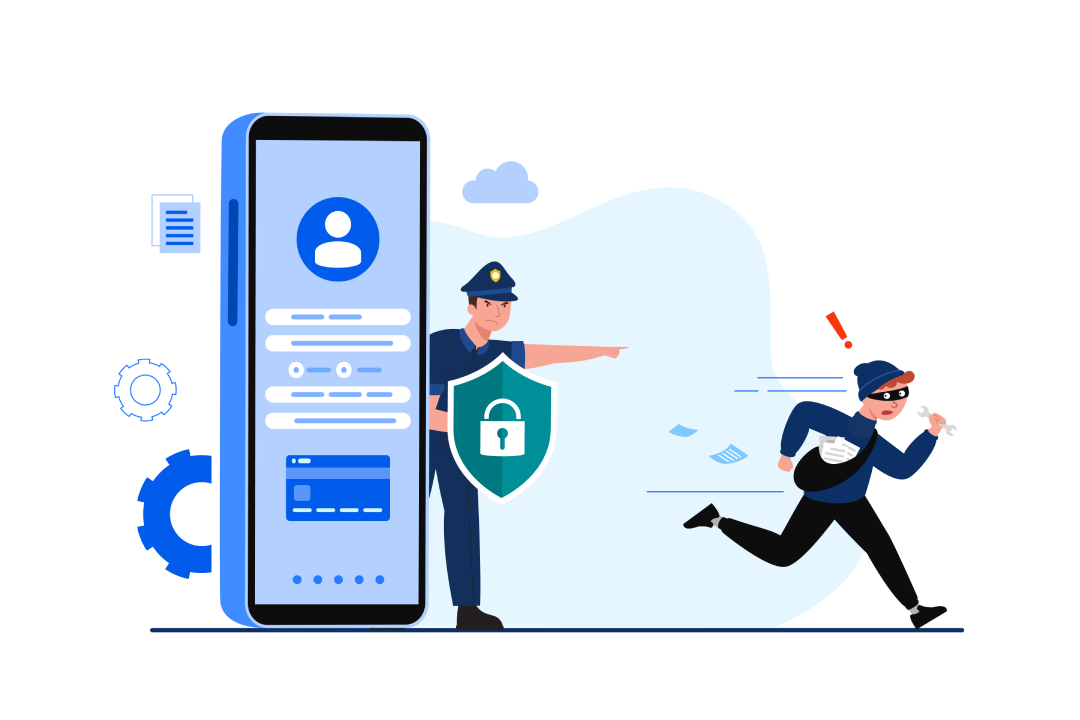With cybercrimes rapidly growing both in complexity and frequency, enhancing your business’s cyber resilience strategy should be your top priority.
Businesses must have a robust cyber resilience strategy in place that will protect them from cybercrimes, mitigate risks and severity of attacks, and enable business continuity.
In this article, we explain what cyber resilience is and what you can do to improve your business’s cyber resilience.
What is Cyber Resilience?
Cyber resilience refers to an organisation’s ability to continue its operations despite a cyberattack or data loss incident. Similarly, human error can also affect a business’s operations and render it incapable of serving its customers.
The main goal of cyber resilience is to help an organisation effectively mitigate and quickly recover from challenging cyber events, such as ransomware, natural disasters or economic slumps.
Why Is Cyber Resilience Important?
Cyber resilience is essential because traditional security measures are no longer enough to protect a company’s data and network security.
It provides businesses with various benefits, such as increasing their security posture and reducing the risk of exposure to their infrastructure.
Moreover, if an organisation receives cyber resilience certification, it inspires trust in its clients and customers.
Read More: A Checklist for Selecting the Right Backup Software and Backup Service Provider
How to Improve A Business’s Cyber Resilience

Here are five ways you can reinforce your organisation’s cyber resilience:
1. Conduct Cybersecurity Audits
As the threat landscape evolves and new technologies emerge, it is increasingly important for organisations to conduct comprehensive cyber security audits regularly.
They help organisations take the necessary steps to reduce their risk of falling victim to cyberattacks by identifying weaknesses and areas that require improvement.
Furthermore, cybersecurity audits can help to build confidence among an organisation’s stakeholders that the cyber security measures in place are adequate.
2. Enforce Stringent Security Protocols
An organisation must enforce rigorous security measures, including multi-factor authentication and encrypt valuable digital assets to minimise the risks of data theft and unauthorised access
3. Employee Training
One of the biggest challenges with data security is the human aspect. Companies that collect confidential data about their employees and customers must ensure that their information is kept secure.
This includes providing employee training and implementing data loss prevention tactics. Business owners should regularly conduct security awareness and training programmes to stay updated with the latest cybersecurity trends.
Training can also be included in a business’s onboarding process. This is because new hires will be unfamiliar with your security policies and may lack knowledge about security awareness.
Moreover, business owners should take measures to encourage their employees to adhere to their organisation’s security policies and procedures.
They could also educate employees on why software updates and security patches are important and how to conduct basic security checks.
4. Backup Your Data
When disaster strikes, you must restore your data as quickly as possible. Otherwise, the cost of revenue loss, productivity loss, and customer frustration can negatively affect the business.
Moreover, a data loss or breach can have far-reaching regulatory and reputational consequences affecting the business years after the event.
That is why a reliable backup and recovery strategy is vital for a business to be cyber resilient. Having a copy of your data ensures business continuity and protects your company against data loss or corruption.
5. Incident Response Planning
Incident response planning is an essential part of any organisation’s security posture. A well-developed incident response plan allows an organisation to minimise the damage caused by an incident and resume operations as quickly as possible.
There are four key steps in developing an effective incident response plan:
- Identify potential incidents
- Develop response procedures
- Create a communications plan
- Test the incident response plan
Read More: Understanding RPO and RTO to Better Strategise Disaster Recovery
Achieving Cyber Resilience with Aegis
As businesses grow more accustomed to storing and sharing their information online, it is important they have an effective cyber resilience strategy to protect their data from cyberattacks.
Aegis Cloud Disaster Recovery (CDR) helps improve your organisation’s cyber resilience by providing comprehensive business cloud data protection that manages and protects your confidential data.
With Aegis CDR’s popular 4-3-2 backup rule, it ensures four copies of your data is available at all times at three different backup storages and two off-site locations to secure your data.
Aegis CDR also provides maximum value by combining comprehensive endpoint protection solutions, Microsoft 365 data backup, and complete managed services.












